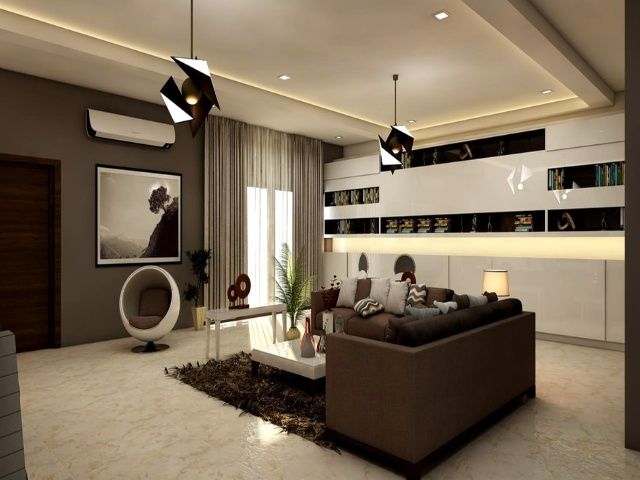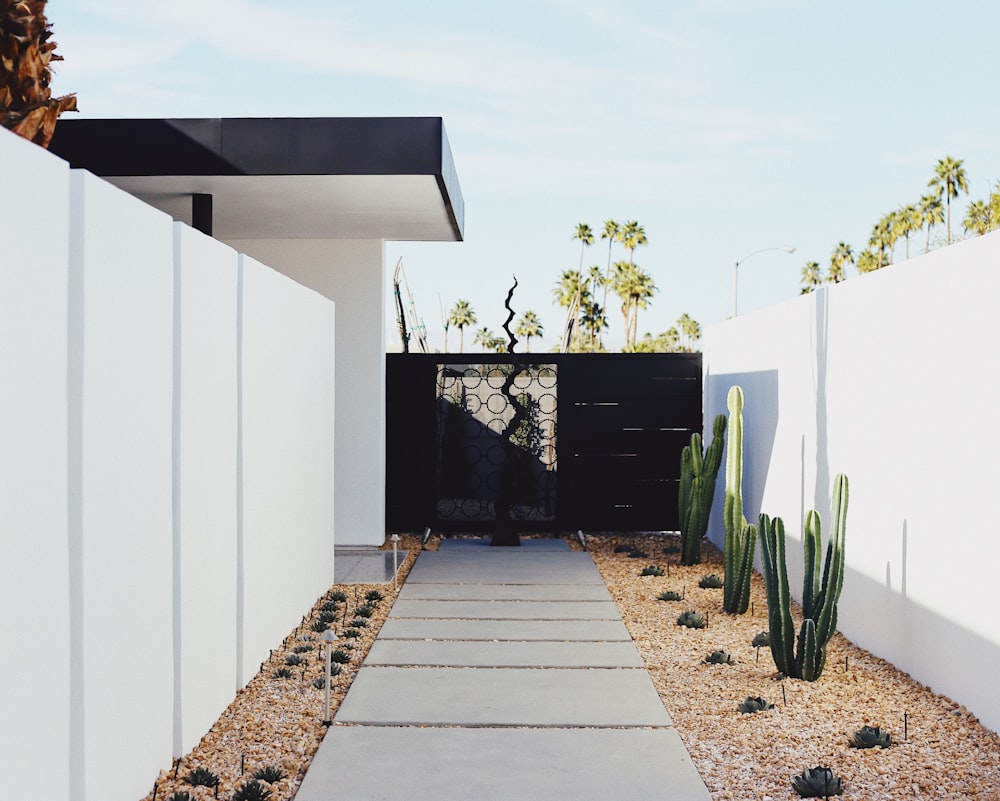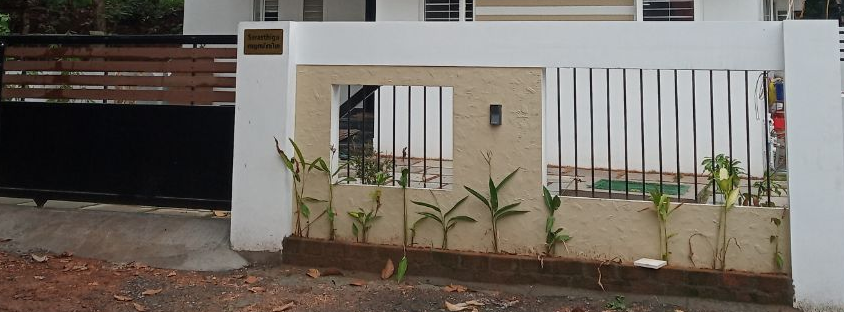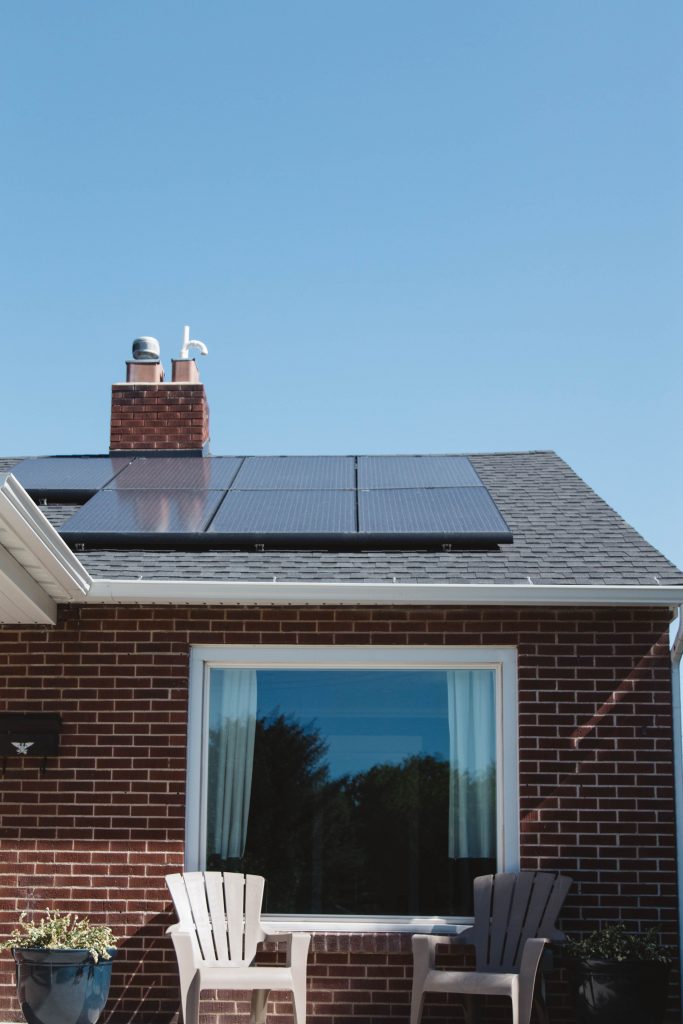Owning a home may be the largest financial investment you will ever make. Therefore, it’s important to be financially ready to build and take care of your future home. You should also be confident that now is the right time for you to step into the shoes of homeowner. Moreover, you have to be absolutely clear while budgeting for your home. Wrong estimation and planning can lead to disastrous results for you. Results will be the same if you and your chosen construction partner are not careful during execution too.
Therefore, in order to construct a good quality house, in the amount you have budgeted, thoroughly understanding the activities added in the final BOQ and ensuring an agreement with the contractor is important.
The bill of quantities is a document prepared by the estimation engineer that provides project specific measured quantities of the items of work identified by the drawings and specifications. In general, from a BOQ, we can find the rate/sqft for construction based on the general data. You need to consider how much material will be required for construction. In addition, you should know the amount of labour required to complete the total work.
Budgeting for your home with a complete Bill of Quantities (BOQ)
BOQ is a schedule which categorizes, details and quantifies the materials and other cost items like labor, machinery to be used in the construction project.
If a builder prices your project at Rs 2000/sqft, remember these may not include all the cost of the build i.e. it may not get you ready to move in! Therefore, you should make sure to include all the activities in the BOQ i.e materials, labor, miscellaneous/ hidden activities. If we neglect this while planning, it can affect your budget as well as lead to a financing nightmare.
The cost of construction depends majorly on the following factors:
1. Architectural Design
Architectural design will be different for each building. It can be of traditional style, contemporary style, flat roof, sloped roof, RCC roof, framed roof, open top, terraces with add on features etc.
2. Structural Design
Structural design depends on type of foundation, type of building (framed or load bearing), number of floors, configurations etc.
3. Building Material
Building material will constitute around 55-60% (approx.) of the total construction cost of a house. Therefore, you must be aware of the quantities and cost of building materials that go in to your project.
The major raw material, intermediately and finished construction materials contributing major portion of material cost are:
Reinforcing steel contributes the most among all individual materials, about 25% (approx.) of total material cost for building construction. Steel imparts tensile strength in RCC (Reinforced cement concrete) structures. Different grades of steel (Fe 415, Fe 500) are available in the market.
- Cement
Cement as a construction material contributes about 15% (approx.) of total material cost for building construction. It is a water based binder used to bind other building materials together. OPC (ordinary Portland cement) 53 grade is generally used for concrete works and PPC (Portland Pozzolana cement) for masonry, tilling and plaster works.
- Sand
Sand as a construction material contributes about 12% (approx.) of total material cost for building construction. Natural river sand and metal sand are generally used for building construction.
- Aggregate
Aggregates/ crushed rocks as construction material contributes about 8% (approx.) of total material cost.
- Bricks/Solid Blocks
Bricks as a construction material contribute about 40% (approx.) of total material cost for building construction. Clay bricks are widely used in residential constructions. Other substitute materials are concrete solid/ hollow blocks, Autoclave aerated concrete (AAC) blocks, Cellular light weight concrete (CLC) blocks.
4. Finishing
Finishing materials improve the appearance of building. The different types of finishes are:
- Wall Finishes: Plastering, painting, wall paper, cladding, Architraves
- Floor Finishes: Tiling, wood floor covering, marble flooring, granite flooring
- Ceiling Finishes: Plaster board, Plastering, Ceiling linings, Ceiling tiles, Ceiling painting
- Roof Finishes: Aluminium sheets, corrugated steel, shingles, clay tiles, glazed
- Water proofing
- Anti-termite treatment
- Fittings
The different types of finishes coming in building are:
- Windows/ Doors: There are different types of windows available, based on their positions, materials and functioning.
- Sanitary/ plumbing fittings
- Electrical fittings
5. Miscellaneous (things that you usually miss to consider while budgeting for your home)
Most of us dream of building a new home. However, there are so many things to consider. Ask the builder for a detailed estimate to be sure there’s a reasonable amount budgeted for all the items. Therefore, you should consider those decisions in the beginning itself rather than busting the budget later. In addition, keep around 10% of your budget for unexpected expenses.
Interiors
Accurately assessing quantity, quality, and pricing is a necessity, especially when you’re trying to stay within your budget. Thoughtful input at the design phase with an architect or in the pre-construction phase with a builder can also prevent time-consuming and expensive backtracking later in the process.
Budgeting for interiors is most often ignored by many. This includes false ceiling, paneling works, partitions, special lighting, headboards, TV stands, furniture, soft furnishing like window curtains, wall papers etc as well as necessities like electronics, mattresses. Therefore, be sure to count these in to your budget.

Landscaping
Building your house is the main project. But don’t forget about landscaping. A beautifully landscaped lawn can make a world of difference for your family or customers. It will boost curb appeal, improve a first impression, and generate positive feelings.

Compound wall/Gate
A compound wall/gate is one of the important aspects to consider while constructing a house. It not only provides security and privacy to the inmates but also help make or break good neighborly relationship.

Rainwater harvesting
Harvesting and collection of rainwater is a proper way that will help address the problem of water crisis. The government of Kerala has made roof water harvesting systems mandatory for new houses in Municipality, Corporation and Panchayath.

Solar Installation
Solar energy is a renewable source of energy. Panels can capture solar energy and that can be transferred into connected battery. We can use this stored energy for the power needs in the house and can reduce the external electric consumption.

Fabrication work
Fabrication is the process of turning raw metals into pre-made shapes for assembly use. Different fabrication work can come in between the construction phase of building. They can be handrails, truss work, gate etc.
Eco-friendly construction method
Opting for an eco-friendly construction materials and methods offers benefits to nature and occupants. Therefore, you should consider appropriate costs if you would like to build in sustainable way.
Site clearance
Site clearance is the process of removing existing building waste, vegetation and also the surface layer of soil (referred to as topsoil). Top layer of soil is usually weak and unsuitable to build on.
Sanctions (building, well, electrical)
It is very important that all builders need a set of approvals as well as sanctions from all the authorities concerned, prior to construction. Any building that comes up without these approvals will invite penalty in the form of fines and even prosecution.
Soil testing and contouring
This is one of the most critical aspects in building a new home. Soil testing helps determine the strength and the type of land upon which you will build. Contour survey will show the volume of soil that will need to be imported or exported from the site and also the height and length of deep edged beams and retaining walls.
In addition to estimating the cost and quantities of the main materials and labor involved, one should also consider these miscellaneous/hidden activities when budgeting for your home. Moreover, it can also contribute a major portion of construction cost. Therefore, it is important to make sure that all the activities are included in the BOQ i.e materials, labor, miscellaneous activities. If we neglect any of this while planning, it can affect our budget as discussed above.
Did you consider all of the above while budgeting for your home? Share your thoughts below.